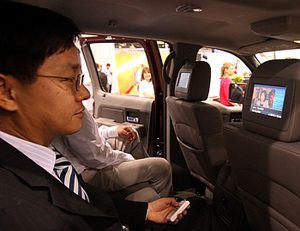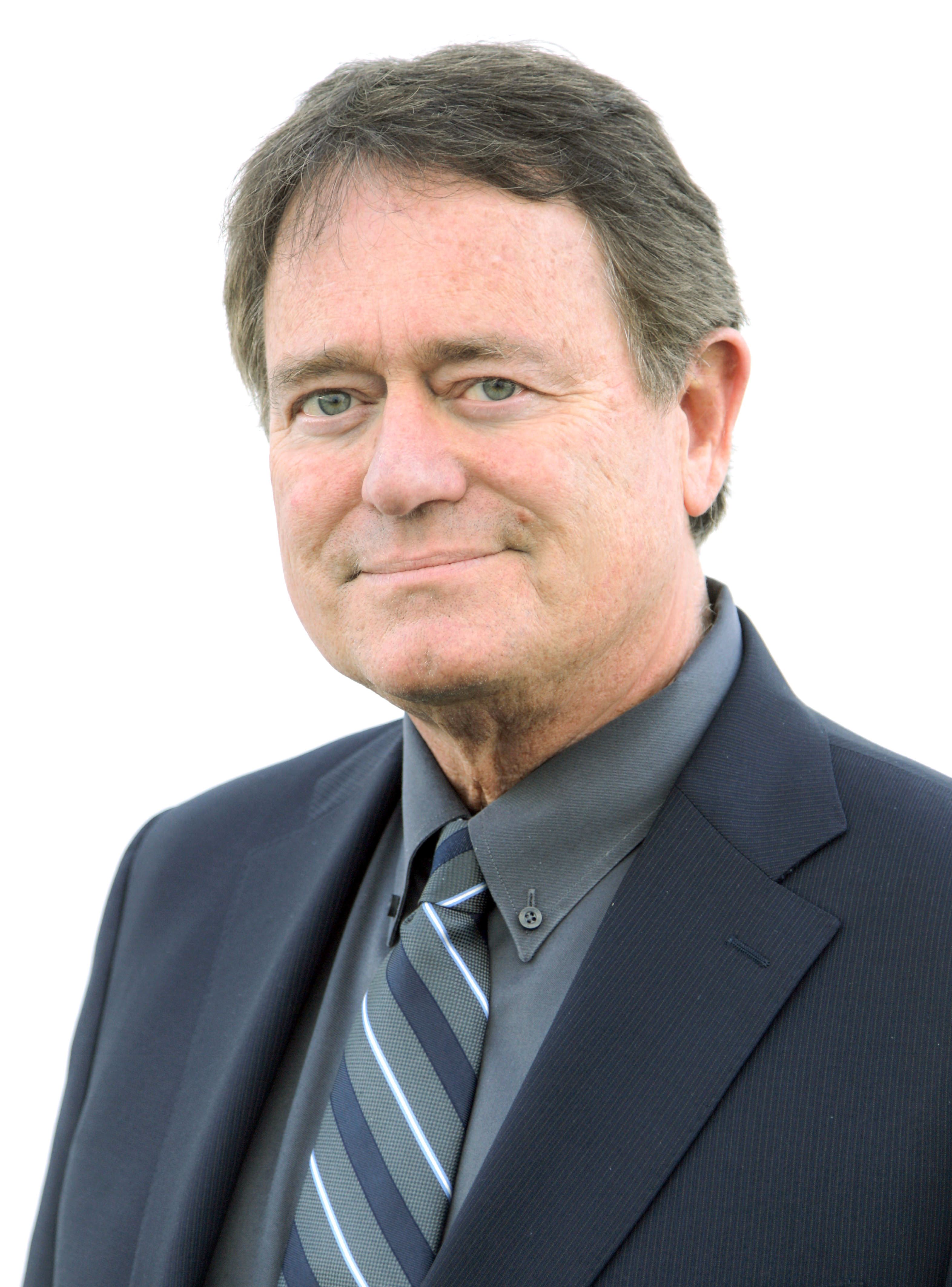First ATSC DTV Standard Ballot Closes

Work on the ATSC Mobile DTV standard has taken another step forward within the organization while key broadcasters gear-up for trial services in select markets. Approval of a standard in ATSC requires at least two levels of balloting: first, the Technology and Standards Group (TSG) and second, the ATSC membership itself. On May 13, TSG authorized a ballot on the ATSC Mobile DTV document set. Issued in early June, the ballot closed on July 3 and the results are expected to be released this week. In ATSC, the ballot stage allows members to submit comments on the specification, which are then considered and resolved before moving on to the next step in the approval process.
Development of the ATSC Mobile DTV system was based on a strategic plan approved by the Board of Directors in October 2006. ATSC subsequently developed detailed system requirements and issued a request for Proposals (RFP) in May 2007. Work on the ATSC Mobile DTV system has been done within the Specialist Group on ATSC-Mobile/Handheld (TSG/S4), chaired by Mark Aitken of Sinclair Broadcast Group and Dan Borowicz of Ion Media as vice-chair.
The ATSC Mobile DTV specification was first published at the end of 2008 following elevation by TSG of the document set to Candidate Standard status. A Candidate Standard (CS) is a specification that has received significant review within an ATSC specialist group. It is an explicit call to those outside of the related specialist group for implementation and technical feedback. This is the phase at which the specialist group is responsible for formally acquiring that experience or at least defining the expectations of implementation.
Since initial publication of the ATSC Mobile DTV Candidate Standard on Dec. 31, 2008, four updates have been developed and published. In a tip of the hat to the core ATSC DTV Standard—document A/53—the final ATSC Mobile DTV standard will be known as A/153. Like A/53, A/153 is modular in concept, with the specifications for each of the modules contained in separate parts:
- Part 1: ATSC Mobile Digital Television System
- Part 2: RF/Transmission System Characteristics
- Part 3: Service Multiplex and Transport Subsystem Characteristics
- Part 4: Announcement
- Part 5: Presentation Framework
- Part 6: Service Protection
- Part 7: Video System Characteristics
- Part 8: Audio System Characteristics

The ATSC Mobile DTV Pavilion at NAB showcased equipment built to the A/153 candidate standard. Part 1 of A/153 includes an overall system description and serves to tie the other Parts of the document set together.
ATSC Mobile DTV is being developed to support a variety of services including free (advertiser-supported) television and interactive services delivered in real-time, subscription-based TV, and file-based content download for playback at a later time. The standard can also be used to transmit new data broadcasting services.
FIELD TRIALS
At the NAB Show, the Open Mobile Video Coalition, an alliance of U.S. broadcasters working on the development of mobile DTV, announced that Washington, D.C. was selected as a product showcase market for ATSC Mobile DTV technology. Additionally, four TV stations in Atlanta and Seattle will become "model stations" for technical research and development of device interoperability.
The consumer trial in the greater Washington, D.C. metro market—encompassing the ninth U.S. media market and surrounding areas—will go live in late summer, permitting broadcasters to showcase and test programming, services, and features of the new ATSC Mobile DTV technology. The trial will help prepare broadcasters for full commercial deployment of services, expected later this year.
The four stations participating in the model station project include:
- • WPXA-DT (ION Media Networks), Atlanta
- • WATL-DT (Gannett Broadcasting), Atlanta
- • KONG-DT (Belo Corp.), Seattle
- • KOMO-DT (Fisher Communications), Seattle
The model stations will enable manufacturers to develop and test products that meet broadcaster, electronics manufacturer, and consumer requirements for the projected launches and future services.

The Mobile DTV exhibit at NAB included a Visteon mobile DTV installation in a Ford F-150 pickup. There are 21 charter broadcasters that have committed to launching ATSC Mobile DTV services this year. Spanning 70 stations in 28 markets, the broadcasters will cover about 39 percent of U.S. television households. The early launch stations include:
- • 16 NBC affiliates
- • 10 ABC affiliates
- • 12 CBS affiliates
- • Six Fox affiliates
- • Nine ION Television affiliates
- • Nine PBS member stations
- • Four CW affiliates
- • Four MyNetworkTV affiliates
To underscore the scope of ongoing mobile service development, ATSC hosted the ATSC Mobile DTV Pavilion at the NAB Show—featuring new technologies, products, and systems for implementation of the ATSC Mobile DTV Candidate Standard. ATSC member companies demonstrating mobile technologies at the show included Axcera, DTV Innovations, ETRI, Expway, LG Electronics/Zenith, Linear Acoustic, Pixtree, Rohde & Schwarz, RRD USA, Sarnoff, Sencore, Sinclair Broadcast Group, Triveni Digital.
In addition, automobile specialty products manufacturer Visteon provided a Ford F-150 pickup truck outfitted with an automotive-grade receiver based on the ATSC Mobile DTV Standard, which displayed local and network digital TV broadcasts.
The ATSC Mobile DTV Pavilion showcased broadcast and receiving equipment built to the A/153 Candidate Standard.
Automotive applications are expected to be a key market for the ATSC Mobile DTV system. Shown here is a Visteon installation in a Ford F-150 pickup.
If all goes as planned, the ATSC Mobile DTV standard should receive final approval in late Q3 of this year.
Work within ATSC is open to all organizations with a direct and material interest. If you would like to be involved in this ongoing work, please contact the author. The ATSC Mobile DTV Candidate Standard document set can be downloaded from the Candidate Standard page on the ATSC Web site: www.atsc.org.
Jerry Whitaker is vice president of standards development for the ATSC. You can reach him via TV Technology.
The professional video industry's #1 source for news, trends and product and tech information. Sign up below.

